Nestled in Italy’s Marche region, Urbino’s Ducal Palace stands as one of the most breathtaking accomplishments of Renaissance architecture I’ve ever encountered.
Walking through its elegant corridors last summer, I was transported back to the 15th century when Duke Federico da Montefeltro transformed this hilltop town into a center of art and learning.
The palace’s perfect blend of refinement, architectural innovation, and cultural significance makes it an essential destination for anyone interested in experiencing Renaissance brilliance firsthand.
The grand structure houses impressive frescoes and intricate decorative details that reveal the duke’s sophisticated taste and vision.
You’ll find yourself mesmerized by the famous studiolo with its remarkable wood inlays and the sweeping spiral staircase that seems to defy the engineering capabilities of its time. The palace also contains a remarkable art gallery featuring works by Raphael, Piero della Francesca, and other Renaissance masters.
What makes Urbino’s Palazzo Ducale truly special is how it feels both monumental and intimate at the same time. Unlike some overwhelming Italian attractions, you can actually absorb the beauty here without battling endless crowds.
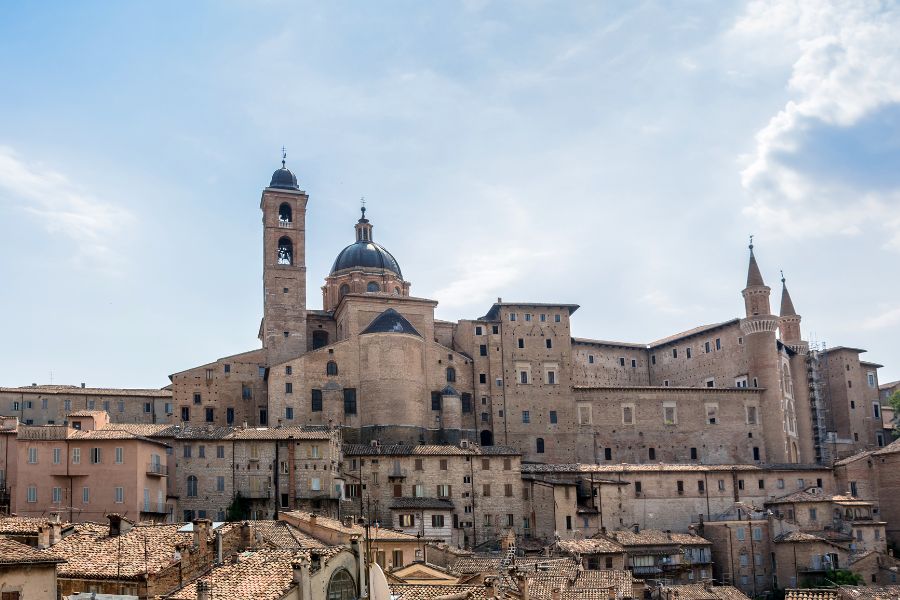
I recommend joining one of the guided tours that provide fascinating insights into the Montefeltro dynasty and how this palace helped establish Urbino as a pivotal Renaissance center that rivaled Florence in cultural importance.
Exploring the Ducal Palace of Urbino
The Ducal Palace stands as a magnificent testament to Renaissance genius in the heart of Urbino. Located in Piazza Rinascimento, this UNESCO-listed masterpiece offers visitors a journey through history, art, and architectural innovation.
A Journey Through Renaissance Architecture
As I walked through the Ducal Palace, I was immediately struck by the perfect harmony of its design. Built during the 15th century, this architectural marvel showcases the vision of Duke Federico da Montefeltro, who transformed Urbino into a cultural center.
The palace’s facade presents a dignified blend of medieval and Renaissance elements. Its twin towers create a distinctive silhouette against the Urbino skyline.
Inside, I discovered a labyrinth of rooms with vaulted ceilings, each more impressive than the last. The meticulous attention to proportion and space reflects the mathematical principles that defined Renaissance architecture.
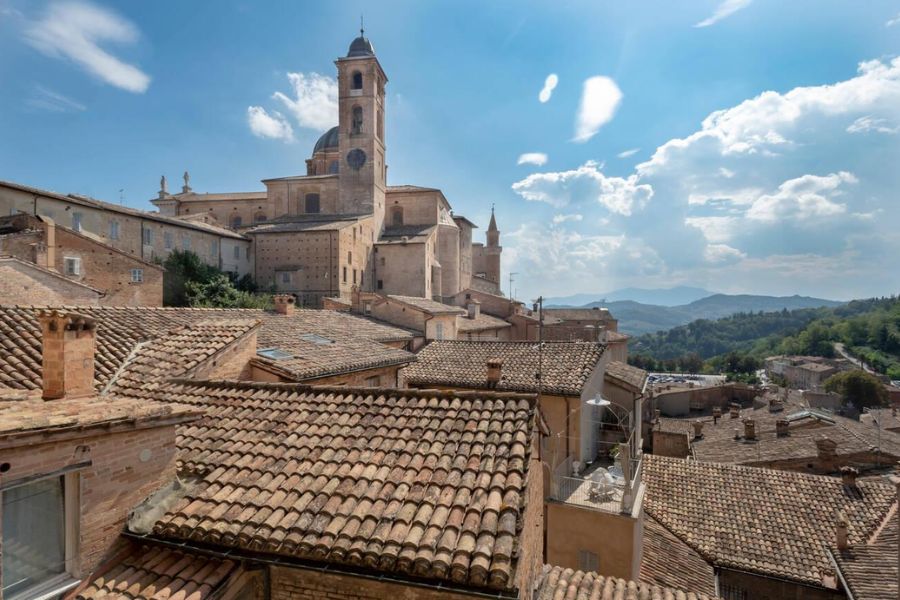
What fascinated me most were the studiolo and biblioteca (study and library), where the Duke pursued intellectual interests. The wood inlay work here displays incredible craftsmanship with perfect perspective illusions.
The Magnificent Courtyard
The courtyard took my breath away with its perfect proportions and elegant arches. Designed by Luciano Laurana and later completed by Francesco di Giorgio Martini, it represents the heart of the palace.
Classical elements adorn the space, with Corinthian columns supporting graceful arches that create a rhythm of light and shadow. The perfectly balanced design makes it feel both intimate and grand at once.
I noticed how the courtyard functions as more than just a beautiful space—it connects various parts of the palace in a thoughtful way. The harmonious atmosphere reflects Renaissance ideals about perfection and order.
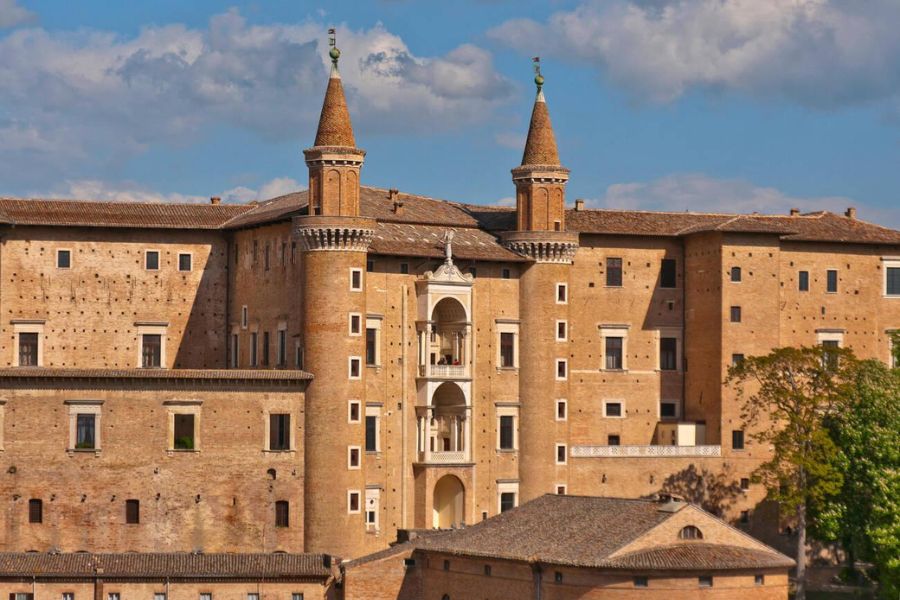
During my visit, spring sunshine cast dramatic shadows across the stone surfaces, highlighting the delicate details that craftsmen carved centuries ago.
Unveiling the Collections of Galleria Nazionale delle Marche
The palace houses the Galleria Nazionale delle Marche, one of Italy’s most important art collections. I spent hours admiring masterpieces from the Renaissance period.
Notable works include Piero della Francesca’s “The Flagellation of Christ” and “Madonna di Senigallia,” both displaying revolutionary perspective techniques. Raphael’s early works can also be found here, connecting visitors to the artist’s Urbino roots.
The gallery displays an impressive collection of:
- Religious paintings
- Portraits of nobility
- Decorative arts and furniture
- Ancient tapestries
- Sculptures from various periods
Each room offers a new discovery. I was particularly moved by the intimate portrait of Federico da Montefeltro with his son Guidobaldo, capturing a tender moment between father and son.
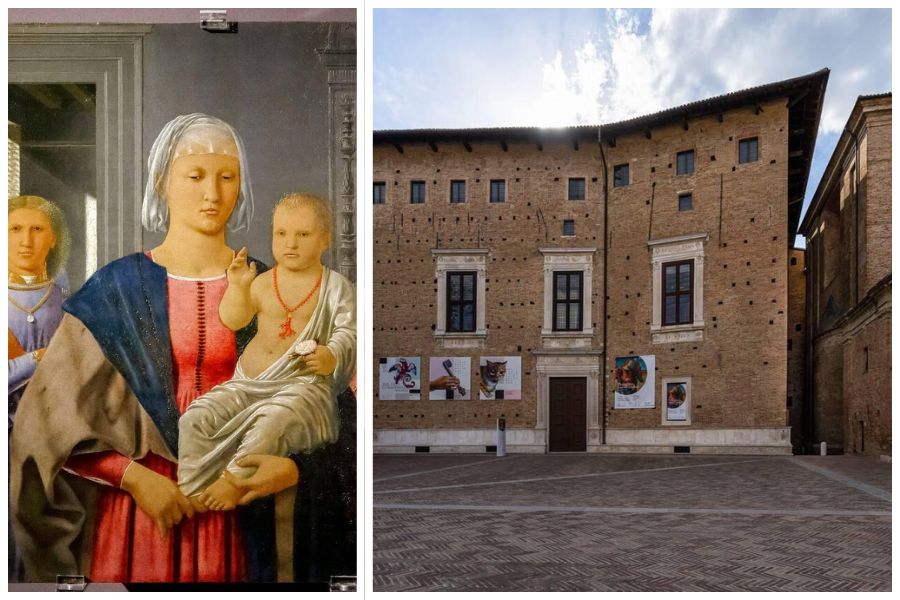
The palace’s collection extends beyond paintings to include ceramics, coins, and elaborate furniture that provides glimpses into Renaissance daily life.
Raphael’s Legacy in Urbino
Urbino holds a special place in art history as the birthplace of Raphael, one of the greatest Renaissance masters. His presence is still felt throughout the city, with his artistic influence shaping Urbino’s cultural identity.
Birthplace and Artistic Beginnings
Walking through Urbino, I can’t help but feel connected to the early life of Raphael Sanzio, born here in 1483. His childhood home on Via Raffaello has been transformed into Casa Natale di Raffaello, a must-visit museum for art lovers.
Inside, you’ll find reproductions of his works and period furniture that gives a glimpse into the environment that nurtured his early talent. Raphael’s father, Giovanni Santi, was himself a court painter who first introduced young Raffaello to painting techniques and artistic circles.

The Ducal Palace, where Raphael likely spent time as a youth, showcases the refined Renaissance atmosphere that shaped his artistic sensibilities. Many believe the elegant proportions and harmonious design of the palace influenced his later painting style.
Trace Raphael’s Footsteps
I recommend starting your Raphael journey at the Ducal Palace, where you can see works by artists who influenced him, including Piero della Francesca’s famous “The Flagellation.”
Though most of Raphael’s masterpieces are housed in museums around the world, Urbino celebrates its famous son through various sites:
- Oratory of St. John the Baptist: Features frescoes by artists from the same period
- Church of San Domenico: Contains works from Raphael’s early influences
- University of Urbino: Houses research materials about his life and work
Throughout the city, plaques mark significant locations in Raphael’s early life. The central Piazza della Repubblica often hosts exhibitions dedicated to his legacy during special anniversaries.
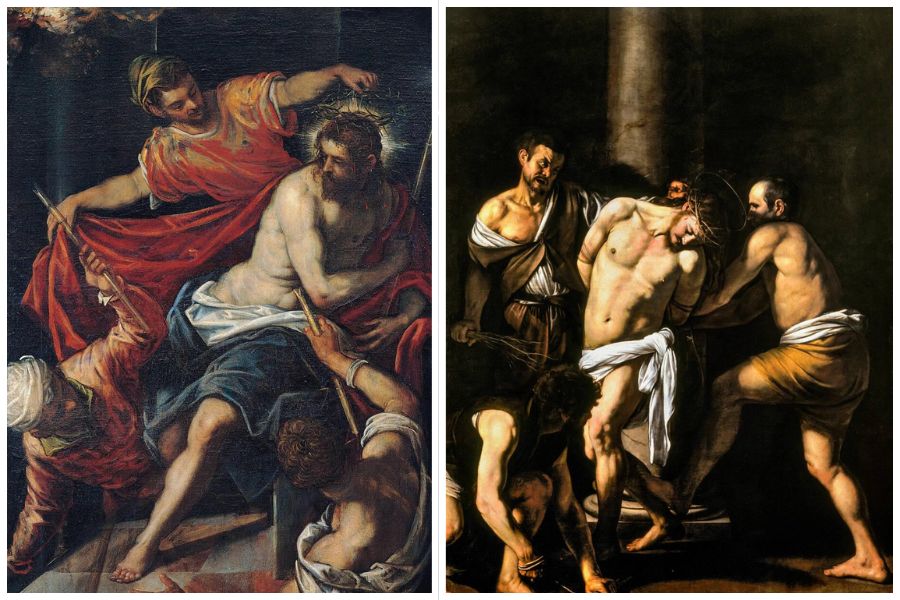
What makes Urbino special is experiencing the same Renaissance urban landscape that Raphael knew before he left for Florence and Rome to create his most famous works.
The Wonders of Urbino and Surrounding Marche Region
Urbino sits like a crown jewel within the stunning Marche region, surrounded by rolling hills, historic towns, and cultural treasures that complement the Renaissance splendor of the Ducal Palace.
The Charm of Le Marche’s Landscapes
I’ve spent countless hours exploring the enchanting landscapes of Le Marche, and I’m always mesmerized by its varied beauty. The region offers a perfect blend of gentle hills, rugged mountains, and stunning coastlines that change with each season.
From Urbino, I recommend taking a drive through the surrounding countryside. The rolling hills are dotted with vineyards, olive groves, and medieval villages perched atop hills. These landscapes inspired Renaissance artists for good reason!
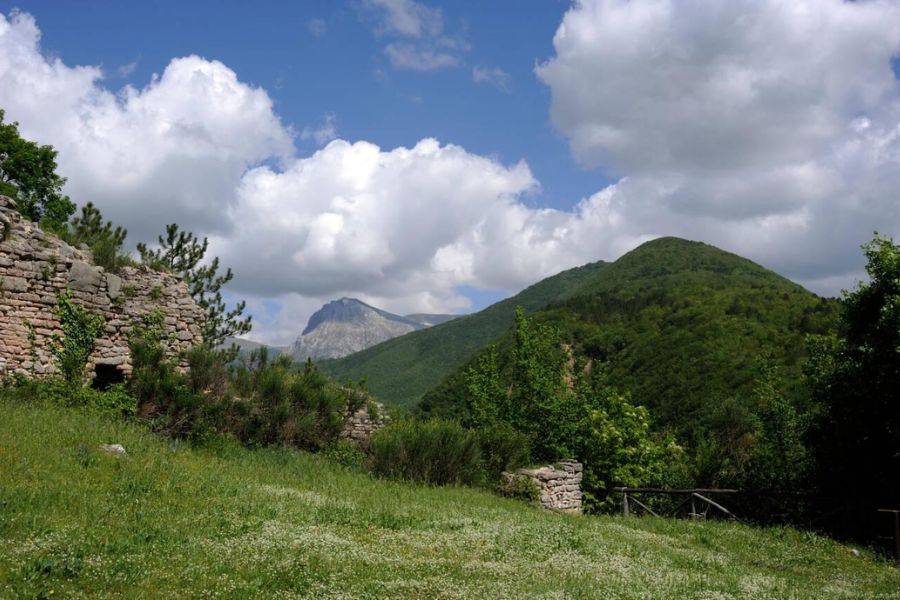
The region remains one of Italy’s best-kept secrets, less crowded than Tuscany but equally beautiful. During spring, the hills burst with wildflowers, while autumn brings a golden hue to the landscape along with the harvest of olives and grapes.
Neighboring Renaissance Towns: Urbania and San Leo
Just a short drive from Urbino, I discovered Urbania, the former summer residence of the Dukes of Montefeltro. Its historic center preserves beautiful Renaissance architecture and the impressive Ducal Palace, which houses fascinating collections of ceramics and artwork.
San Leo, perched dramatically on a massive rock outcrop, took my breath away with its imposing fortress and panoramic views. This medieval town played an important role in Renaissance history and was visited by Dante Alighieri, who mentioned it in his Divine Comedy.
Both towns offer authentic experiences with fewer tourists than you might expect. I love wandering their narrow streets, discovering small churches with surprising artistic treasures, and stopping at local trattorias for regional specialties.
Excursions to Pesaro and Ancona
The coastal cities of Marche provide a delightful contrast to Urbino’s hilltop setting. Pesaro, birthplace of composer Rossini, combines beautiful beaches with cultural richness. I particularly enjoy visiting during the Rossini Opera Festival in August.
Pesaro’s historic center features lovely piazzas and the Ducal Palace, while the seafront promenade makes for pleasant evening walks.
Ancona, the regional capital, surprised me with its rich history and stunning location on the Adriatic. The Cathedral of San Ciriaco offers magnificent views from its hilltop position, while the ancient Roman arch of Trajan stands proudly near the port.
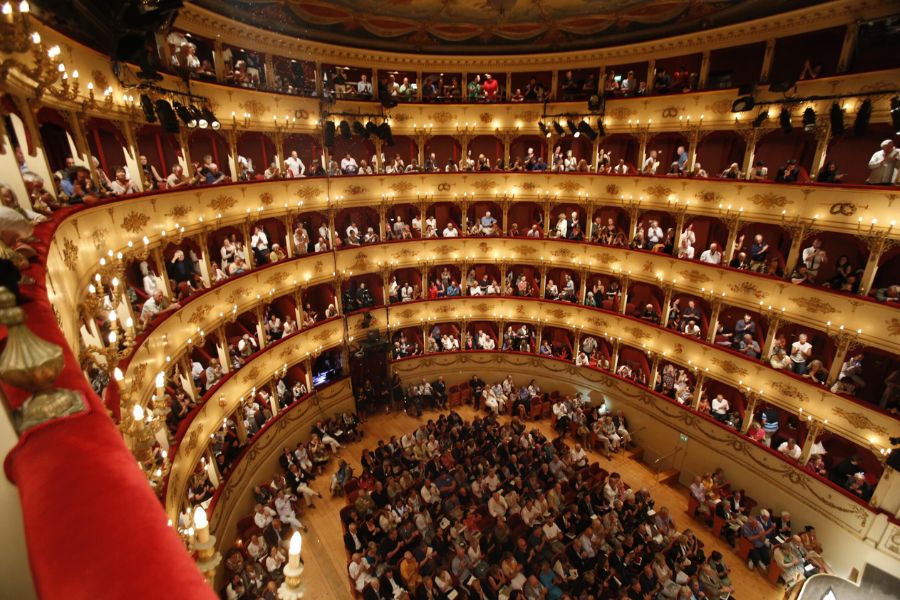
The harbor area comes alive in the evenings with excellent seafood restaurants serving the freshest catch. I recommend trying the brodetto, a local fish stew that varies in recipe as you travel along the coast.
Religious Sites and the Spiritual Heritage
Urbino’s religious architecture forms a crucial part of its Renaissance heritage. In the cobblestone streets of this hilltop town, faith and art merge in spectacular fashion, creating spaces that speak to both the soul and artistic sensibilities.
The Urbino Cathedral and Its Artistic Offerings
The Urbino Cathedral stands majestically in the heart of the city. I was struck by its neoclassical façade, which contrasts with many of the Renaissance structures nearby. When I stepped inside, the spacious interior opened up before me, housing remarkable artistic treasures.
The cathedral was rebuilt in the late 18th century after an earthquake destroyed the original structure. Don’t miss the underground crypt—it contains fragments of the earlier Renaissance cathedral.
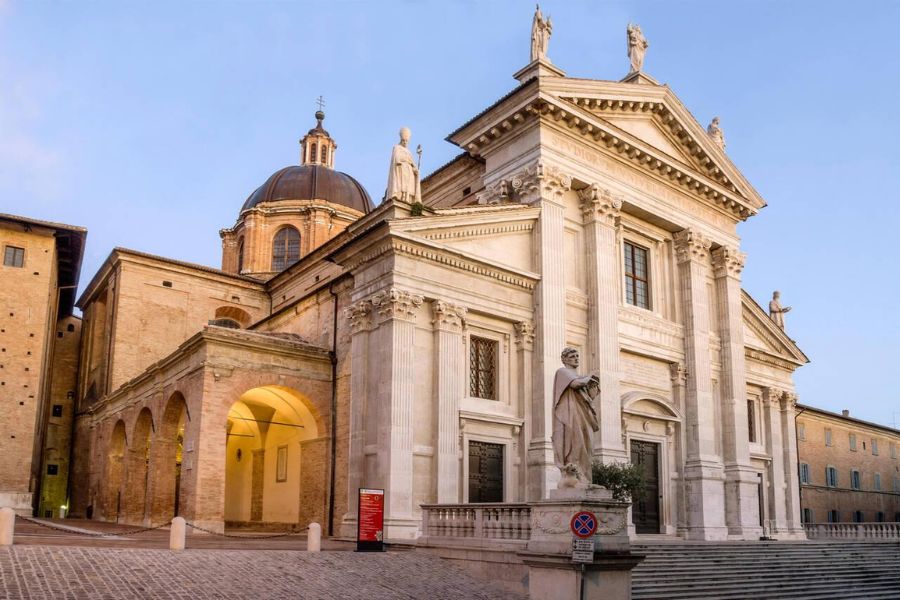
I was particularly moved by Federico Barocci’s “Last Supper” painting. The way light plays across the faces of the apostles creates an intimate atmosphere that stays with you long after you’ve left.
Pilgrimage to the Heart of Marche
Walking through Urbino feels like a pilgrimage through Renaissance town history. Beyond the cathedral, several smaller churches dot the landscape, each with unique charm and artistic significance.
The Oratory of San Giovanni Battista captivated me with its incredible frescoes by the Salimbeni brothers. Dating from 1416, these vibrant works depict the life of John the Baptist in remarkable detail.
San Domenico Church houses beautiful works by local artists. I recommend visiting in the late afternoon when the light streams through the windows, illuminating the quiet interior.
For those seeking spiritual reflection, follow the ancient pilgrimage paths that connect Urbino to smaller neighboring towns. These routes offer both peaceful contemplation and stunning views of the Marche countryside.
Art and Culinary Delights of Urbino
Urbino offers visitors a perfect blend of artistic masterpieces and mouthwatering local cuisine. When exploring this Renaissance gem, I found myself constantly torn between admiring the stunning artworks and savoring the delicious regional specialties.
Federico Barocci’s Influence on Urbino’s Art Scene
Walking through Urbino’s galleries, I was captivated by Federico Barocci’s distinctive works. Born in Urbino around 1535, Barocci created paintings with remarkable color palettes and emotional depth that set him apart from his contemporaries.
His masterpiece “The Deposition” in the Ducal Palace showcases his unique style with its vibrant colors and dramatic composition. What struck me most was how his figures seem to glow from within.
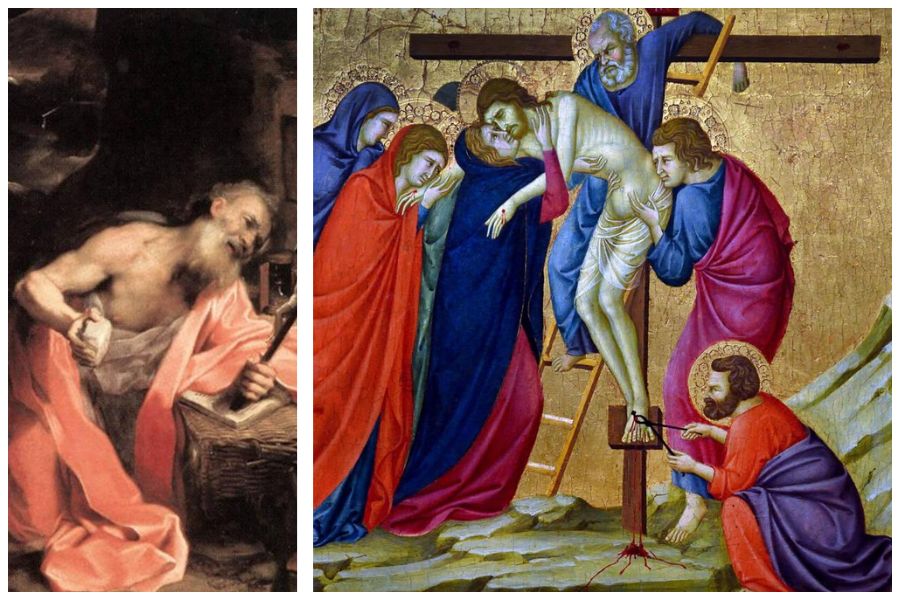
Barocci’s influence extends throughout the city. Local artists still study his techniques, and I noticed several contemporary galleries featuring works inspired by his distinctive style.
The Oratory of St. John houses some of his remarkable frescoes. I recommend visiting in the morning when the light brings out the vivid colors and delicate details of his brushwork.
Tasting Tuscany’s Flavors in Urbino
Though technically in the Marche region, Urbino’s cuisine shares many similarities with neighboring Tuscany’s culinary traditions. I discovered this delightful blend of flavors at small family-run trattorias tucked away on cobblestone streets.
The crescia sfogliata, a flaky flatbread typically served with local cured meats, became my daily indulgence.
The region’s truffles feature prominently in many dishes – try the tagliatelle al tartufo for an unforgettable meal!
Local wines complement these dishes perfectly. I especially enjoyed Bianchello del Metauro, a crisp white wine produced in nearby vineyards.
For dessert, don’t miss the bostrenghi – thin, sweet pancakes filled with dried fruits and nuts. I found the best ones at Pasticceria Centrale near the main square.
Morning markets offer the freshest local ingredients. I loved watching elderly women haggling over perfect tomatoes and fragrant herbs. This tradition remains unchanged for centuries.

